This book is full of large full colour plates of Russian dress from the 18th century onwards till the 1918 revolution. See more ideas about russian clothing russian fashion russian dress.
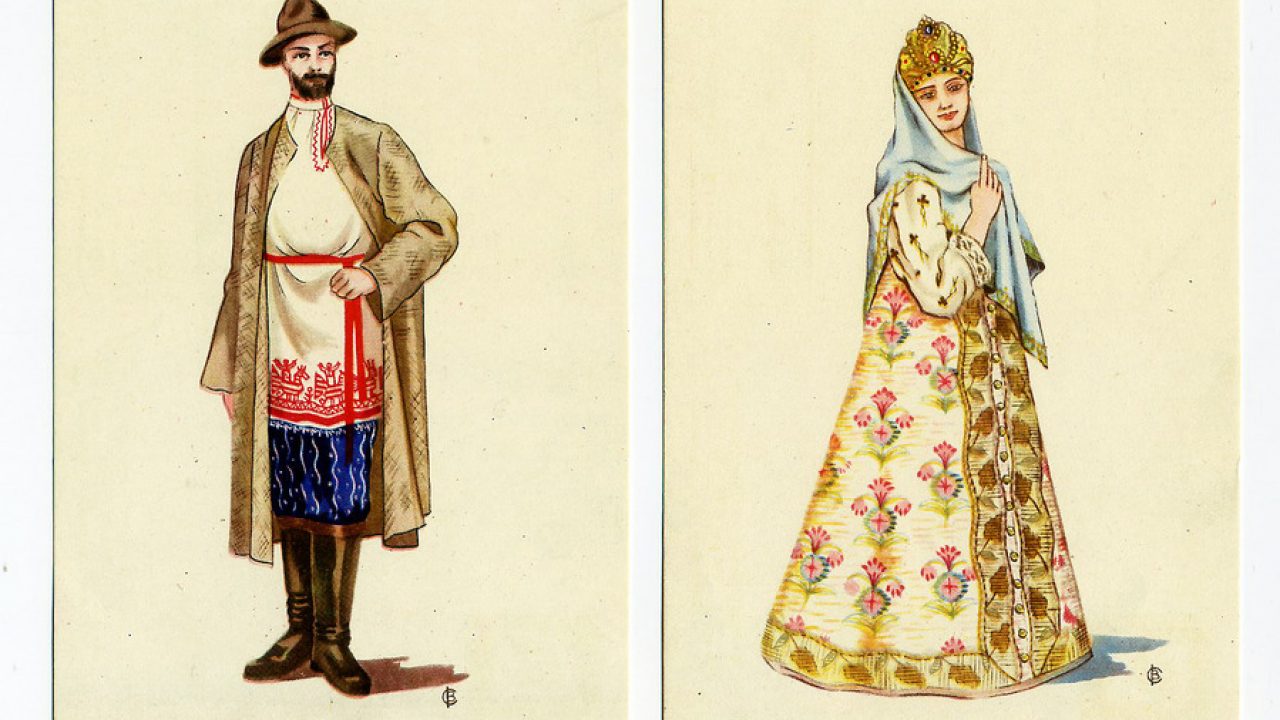
Evolution Of Russian Clothing Liden Denz Russia
40 out of 5 stars.

. During the 18th century elements of Enlightenment thinking culminated in the American French Polish and Haitian revolutions. However clothing did become more sober towards the end of the century due to the effects of the French Revolution. Silk dyed a brilliant yellow was fashionable in the 18th century.
Revolutions began to challenge the. 18th century fashion Edit Edit source History Talk 0 Marie Antoinette 1783. The formative element of the European female dress that had been brought to Russia in the eighteenth century was the corset and it contradicted the Russian ideal of beauty.
The nineteenth century opened with a fashion landscape that was changing dramatically and rapidly from the styles of a generation earlier. The town of Torzhok in the early 17th century. For hunting and rarely knit fabric as alternatives.
18th Century Womens Rococo Ball Gown Printing Long Gothic Victorian Dress Masquerade Theme Dresses. Russian clothing in the 14th-18th centuries. These 17951820 fashions were quite different from the styles prevalent during most of the 18th century and the rest of the 19th century when womens clothes were generally tight against the torso from the natural waist upwards and heavily full-skirted below often inflated by means of hoop skirts crinolines panniers bustles etc.
Womens fashion around this time started to. May 26 2018 - Explore Kimberly Winrottes board 18th century Russian Clothing followed by 120 people on Pinterest. It must have looked amazing in a candle-lit ballroom.
The town of Saratov in the early 17th century. The 18th century is famed for its lavish clothing and both the proportions and decoration of dress reached their heights during this period. However more important for the female dress was a type of headdressthe fontange.
The most used European yellow dye came from the weld plant. Until 1701 seed was sown by hand. Breeches were typically made of woven fabric with leather esp.
Russian 18th Century AttireBrandi Cruz. The village near the town of Tver in the 17th century. Breeches The standard main lower body garment for men in the 18th century with alternatives being petticoat breeches primarily for sailors and trousers for lower class men but spreading to other groups toward the end of the century.
Russian 18th Century Attire. Other sources from the New World became popular because they were easier to use. Yellows and tans are the most common dyes from plants.
Odnoryadka tafiya and cap. You see things such as dresses worn by Catherine the Great Ball dresses of the 19th century and something I have never seen elsewhere - a raft of great colour photos of Russian court dresses including details of. It was the time of radical changes caused by Peter I s reforms.
This turn and its consequences for development of Russia and Russian culture became controversy for scientists and thinkers from the 19th century till. During the century slave trading and human trafficking expanded across the shores of the Atlantic while declining in Russia China and Korea. During the 18th century agriculture was gradually transformed by an agricultural revolution.
Azyam sermyaga and cap. Russian fur coat and cap. Peter Reforms During his reign Peter I initiated reforms of Russian culture that included dress attire for in court and at home.
In that year Jethro Tull invented a seed drill which sowed seed in straight lines. However his reforms were not always and completely favored because of their radical change from the traditional or because those reforms went. Peter the Great made a U-turn for Russia towards the West.
1800-1809 19th century decade overview. You are given samples of mostly high society costume. Tursky coats and gorlatnaya caps.
The French Revolution brought fashions that. The 18th century became truly earthshaking in the history of Russia. The 18th century lasted from January 1 1701 to December 31 1800.
He also invented a horse-drawn hoe that hoed the land and destroyed weed between rows of crops.
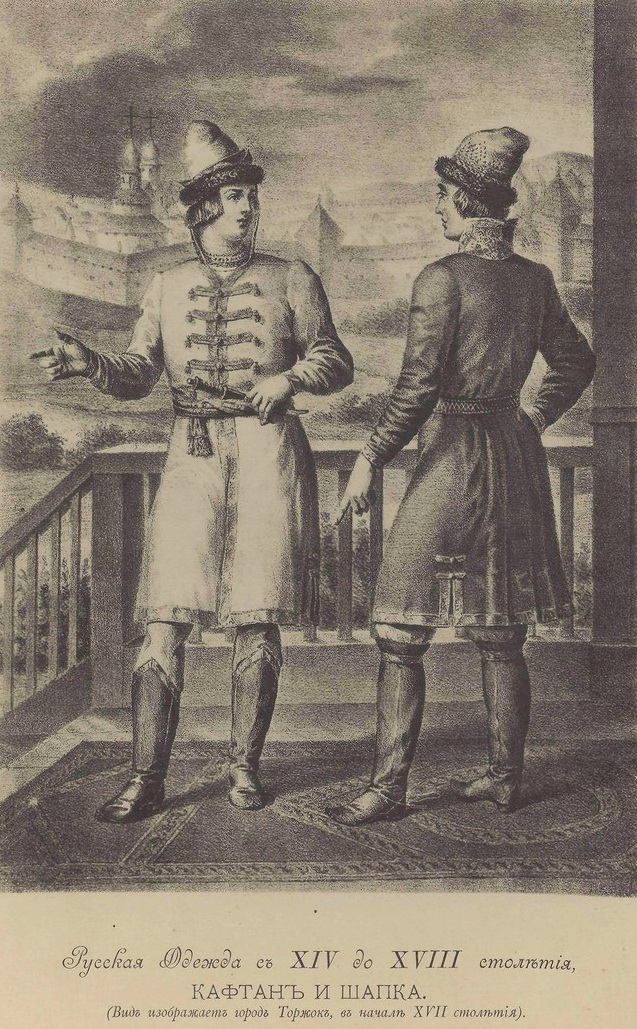
Russian Civilian And Military Clothing In The 14th 18th Centuries Russia Travel Blog
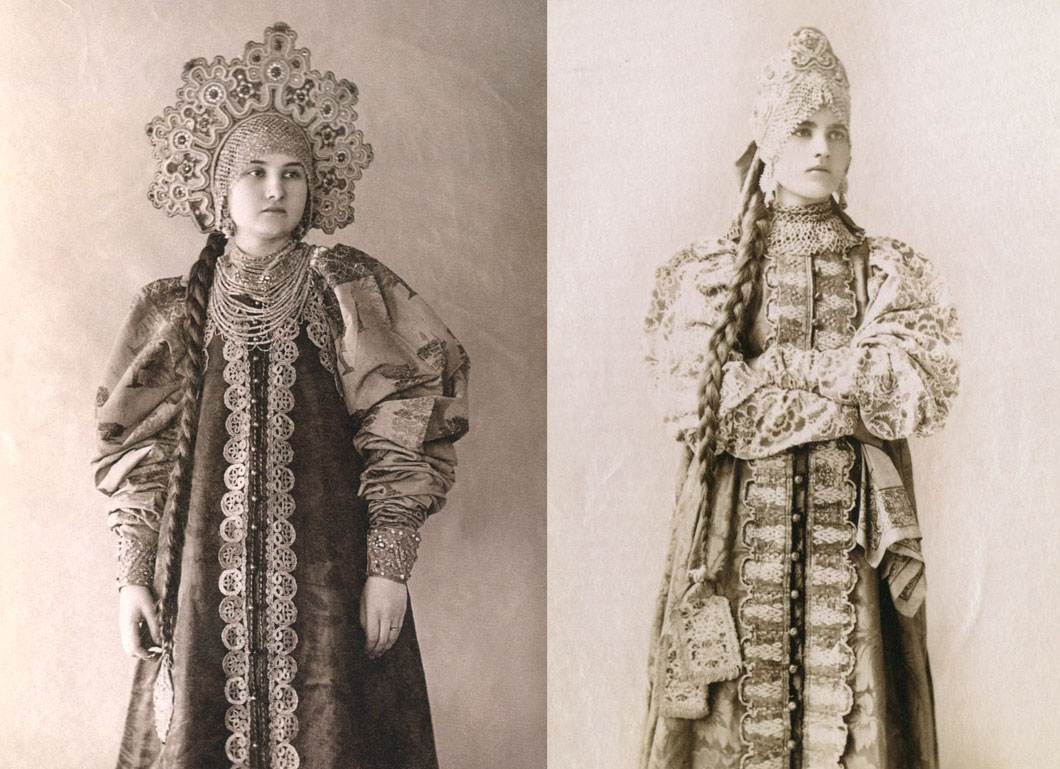
The Russian Fashion Blog A Brief History Of The Sarafan

Russia History Of Dress Lovetoknow
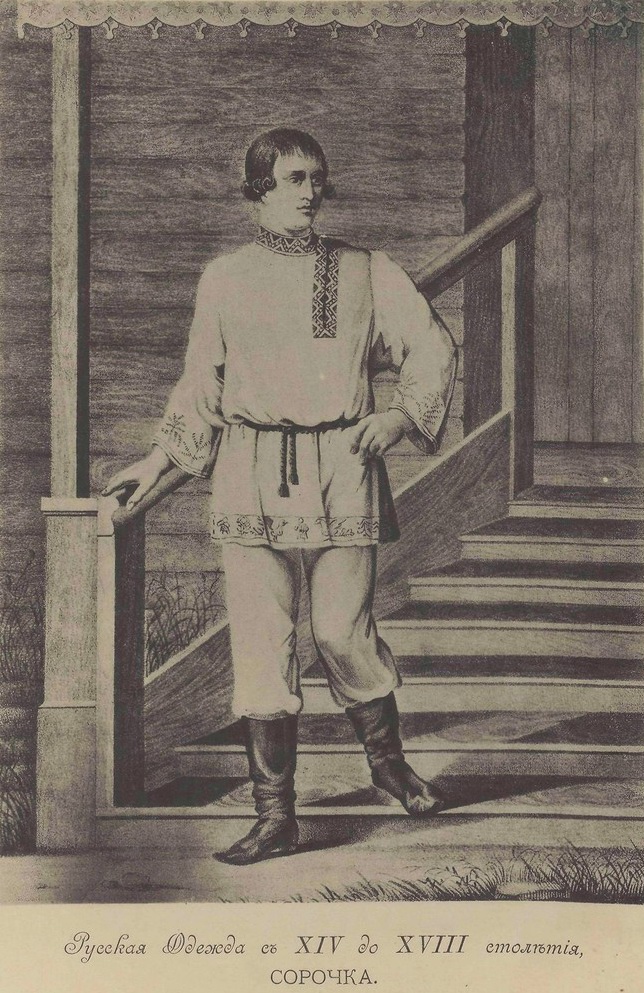
Russian Civilian And Military Clothing In The 14th 18th Centuries Russia Travel Blog
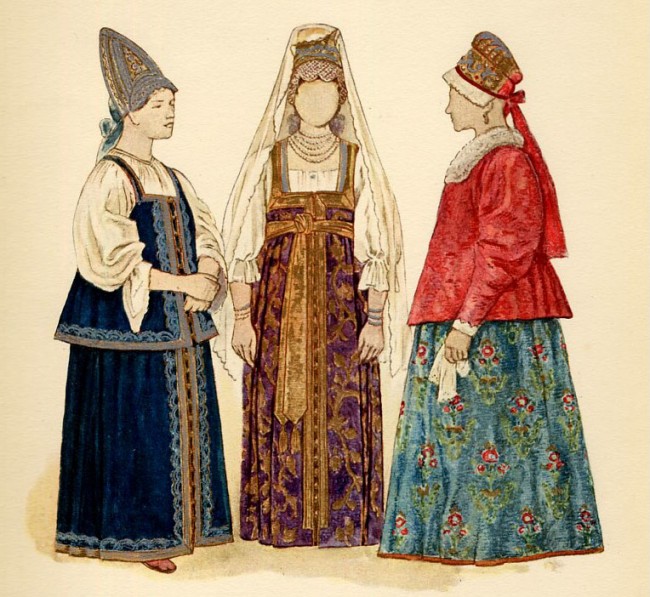
Evolution Of Russian Clothing Liden Denz Russia
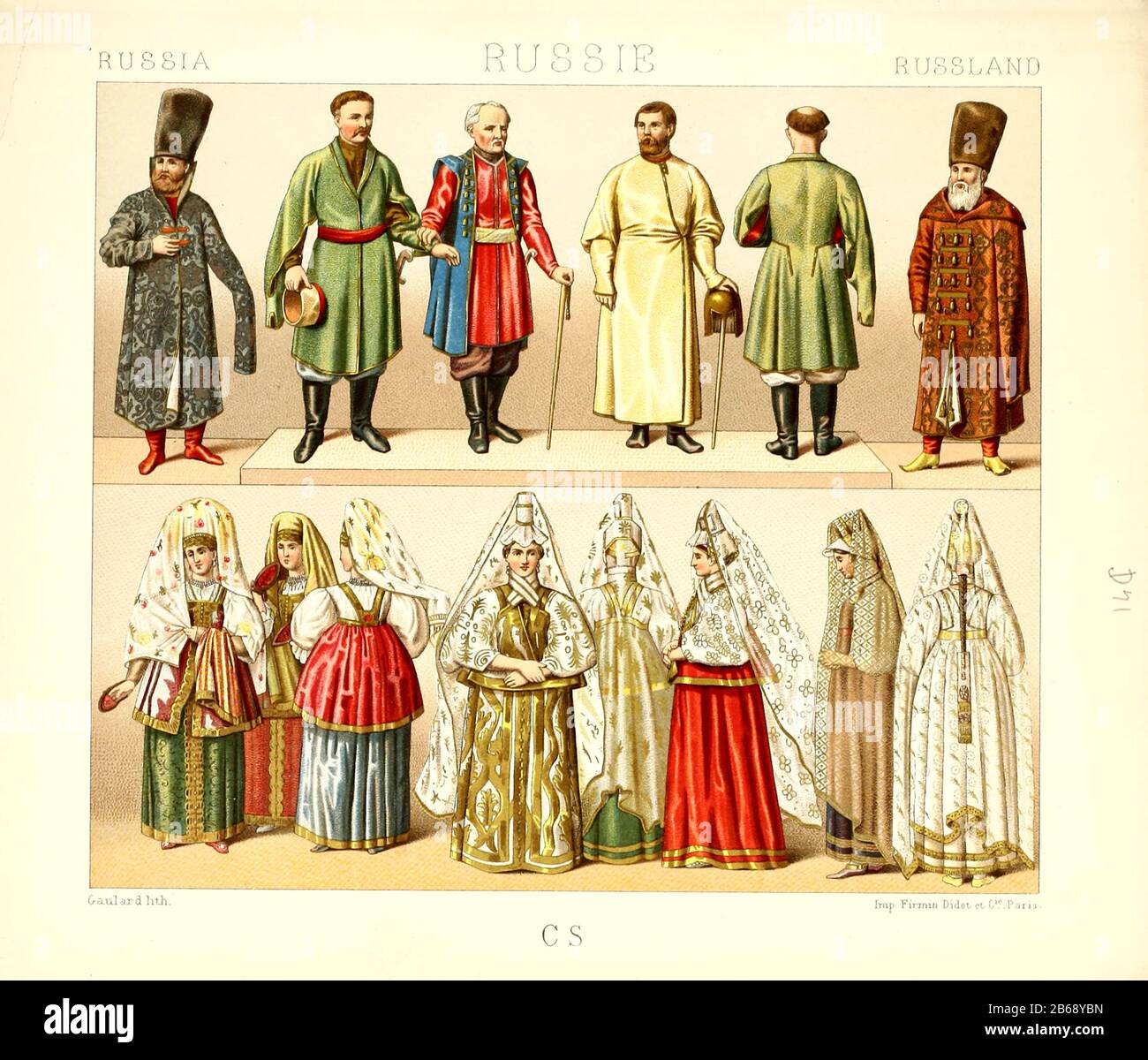
Ancient Russian Fashion And Lifestyle 18th Century From Geschichte Des Kostums In Chronologischer Entwicklung History Of The Costume In Chronological Development By Racinet A Auguste 1825 1893 And Rosenberg Adolf 1850 1906 Volume 5


0 comments
Post a Comment